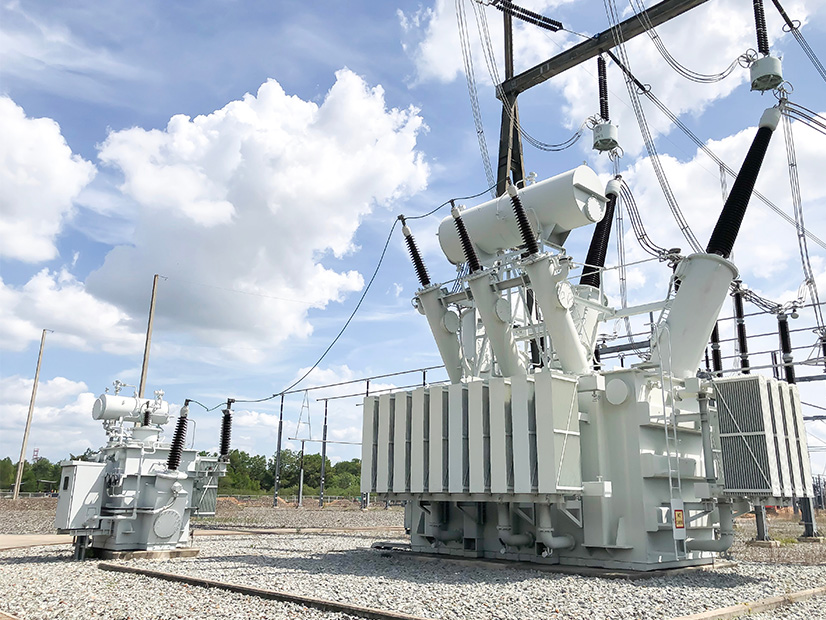The U.S. Department of Energy received pushback this week on its proposal to increase efficiency standards for distribution transformers, with industry comments arguing that the new rule would create additional problems for already shaky supply chains.
“If this proposal is implemented as currently contemplated, it would have serious consequences to NRECA members’ ability to provide affordable, reliable electric service to millions of Americans,” the National Rural Electric Cooperative Association said in comments filed Monday. “We urge the agency to reconsider the [proposed rules] as currently drafted and to issue a final rule that maintains the current standard.”
DOE estimated that its new standards would save utilities between $260 million and $5.3 billion between 2027 and 2056, which is based on savings in operating costs minus the increased product cost for the new transformers. The department has the authority to periodically update standards for transformers, and other equipment, as long as the new requirements are economically justified and technically feasible.
But NRECA said the proposal rests on flawed assumptions and ignores the challenges facing the distribution transformer market that are impacting all electric utilities, not just co-ops. DOE could focus on incentivizing amorphous steel core transformers, the group said.
Amorphous steel is a type of electrical steel that is produced by rapidly cooling molten alloy so that crystals do not form, which produces a thinner product than the more standard grain-oriented electrical steel (GOES). Electrical steel is a special iron alloy that includes small percentages of silicon to enhance its magnetic permeability.
“DOE’s top priority should be finding ways to support domestic distribution transformer manufacturers to increase production immediately and to sustain that output over the long term as electrification of the U.S. economy grows,” NRECA said. The current distribution transformer manufacturing base is struggling to meet demand, and DOE’s proposal would make that worse, it said.
“All segments of the utility sector have been sounding the alarm for more than a year about the supply chain constraints around multiple types of equipment they require to keep the lights on, with distribution transformers being the most acute challenge,” NRECA said. “It now takes more than a year on average for utilities to receive distribution transformers, compared with 60 days just a couple of years ago. Some domestic transformer manufacturers have stopped taking orders altogether.”
That backlog is only expected to increase absent government support as utilities invest in grid resilience and modernization projects, while federal and state policies drive more electrification, it added.
One of the potential fixes for the backlog is to signal to manufacturers that GOES will be increasingly needed going forward, and DOE’s standard would work directly against that, NRECA said. Manufacturers would have to change their production systems and where they source input materials, taking attention away from increasing supply to deal with the backlogs.
The U.S. Chamber of Commerce also cautioned DOE in comments last week from moving ahead with the standard because of supply chain concerns. GOES represents 95% of new distribution transformer production, so amorphous steel production would need to expand greatly to meet the new standards.
“While there are only singular domestic sources for each of GOES and amorphous steel, GOES is at least already produced in levels that support the majority of domestic transformer production,” the chamber said. “Thus, shifting all distribution transformer production to rely exclusively on amorphous steel will require a dramatic increase in capacity for such steel, which will take time and will further constrain already limited transformer supplies.”
The only places amorphous steel can be imported from are China and Japan, which would only increase the industry’s reliance on components from China, the chamber said.




